Gartner highlights Firstbase in 2025 MDLS Guide for second year in a row >> Get the guide >>
Skip to main content
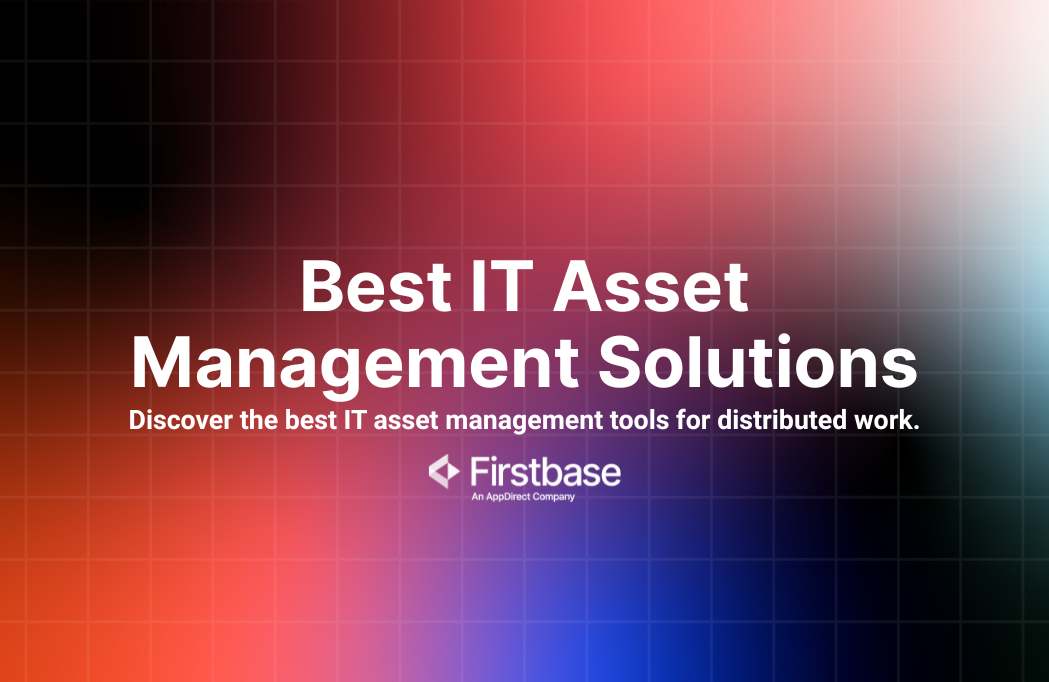
Spreadsheets and courier drop-offs were fine when everyone worked in the same office. But with teams now spread across cities and countries, those makeshift systems break down quickly.
Devices get lost in transit, replacements take a week or more, projects stall, and HR is left apologizing to new hires who still don’t have laptops. Meanwhile, IT spends its time chasing RMAs instead of solving real problems.
As one user put it: “ITAM should actually do the work—buying, shipping, tracking, wiping, returns, the whole loop. And it should be dead simple for HR or finance to click around without pinging IT every 2 seconds. Needs to hook into Intune or Jamf and the HRIS, too, or what’s the point?”
This blog aims to address these gaps. We’ll show why traditional IT Asset Management fails, what metrics matter, and which platforms (including Firstbase) actually deliver global logistics that keep employees productive.
IT teams lose 500 hours a year per 100 remote employees to manual logistics. Firstbase cuts that with SLA-backed delivery, retrieval kits, and real-time tracking. Take a self-guided tour and see how much time your team could win back.
When a new hire is entered in the HRIS, that event should automatically set off a chain: order the device, ship it to the right address, enroll it into Intune or Jamf, assign the right licenses, and update the asset record.
And when the employee leaves, the reverse should happen just as smoothly: retrieval, wipe, return, and disposal.
Identity and MDM tools make parts of this possible. Zero-touch enrollment through Apple Automated Device Enrollment or Windows Autopilot ensures devices arrive ready to use, policies applied on first boot. And Intune or Jamf can enforce compliance and report back automatically.
But in reality, 71% of HR teams report that at least one departing employee doesn’t return issued devices. That alone opens up losses in hardware, compliance risk, and wasted cycles.
Meanwhile, 43% of employees say they spend 2-3 hours every week fighting IT issues. Cumulatively, that adds up to costing $3,165 per year per person in lost productivity. For IT leaders, it shows up in finance reviews as avoidable spend and signals to executives that operations are leaking cash.
And it’s worse when you don’t know what you have: 57% companies find real-time visibility (hardware + software + services) challenging. More than half are operating blind in key areas.
This is the gap ITAM platforms are built to close. By linking identity, MDM, and global logistics under one roof, they turn what used to be a fragile chain of spreadsheets and emails into a predictable workflow.
Now, let’s dig into platforms that close the loop — starting with Firstbase.
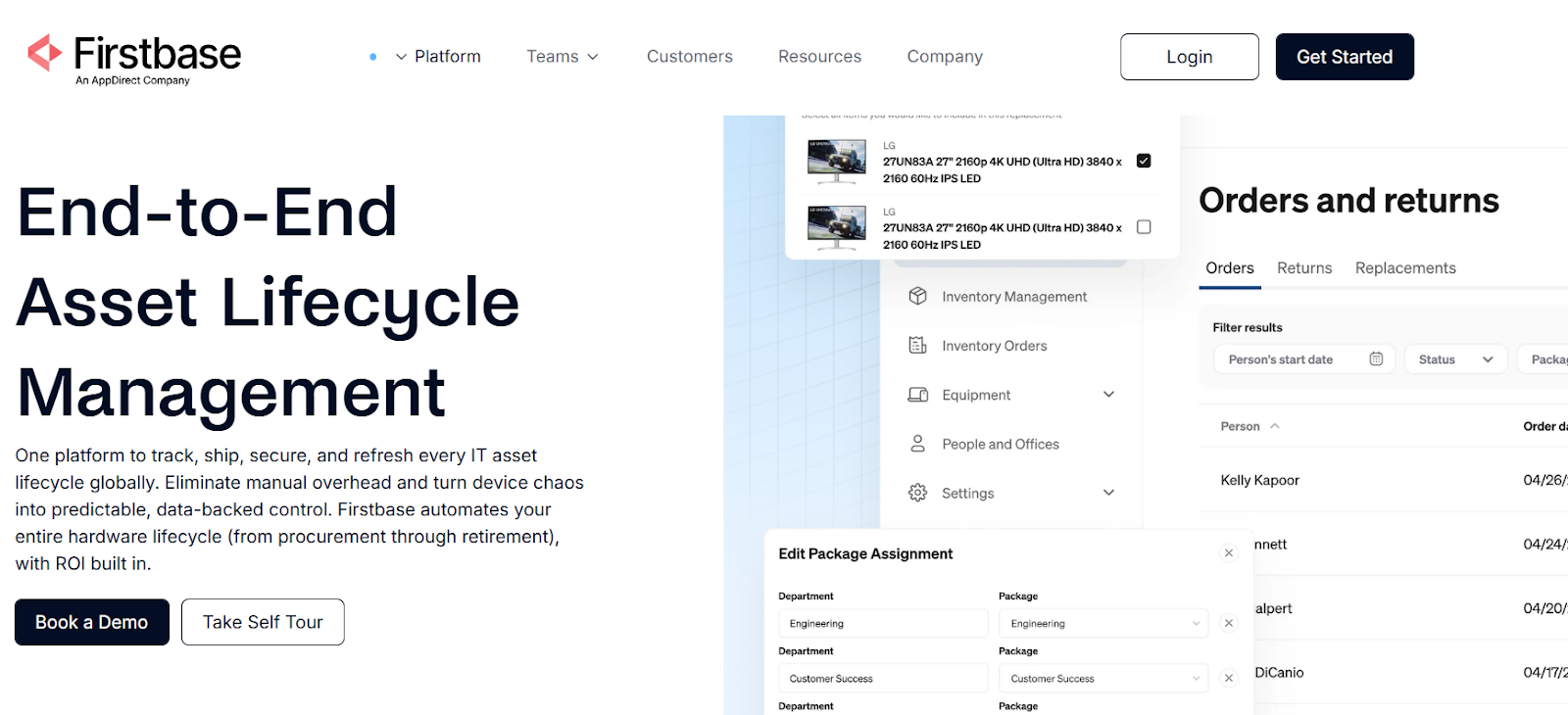
Firstbase is a lifecycle management platform purpose-built for distributed teams. Unlike legacy ITAM tools that only record device data, Firstbase runs the entire equipment journey (from procurement through secure end-of-life). The platform combines SaaS automation with a global logistics engine so IT, HR, and Finance can coordinate without silos or manual handoffs.
It supports distributed teams across 150+ countries. Stakeholders can see in real time where devices are, their warranty statuses, when they need refreshes, and when they were returned or retired. Firstbase reduces overhead in order fulfillment, brings down unexpected logistics costs, and turns retired or unneeded devices into value rather than write-offs.
Users report reductions in stock levels by 30%, faster device arrival times, and much tighter retrieval and disposition processes. Just as important, migration doesn’t drag on for months. Firstbase’s in-house logistics and pre-built integrations make cut-over smooth, with customers moving onto the platform in just 21 days without needing to run dual systems in parallel.
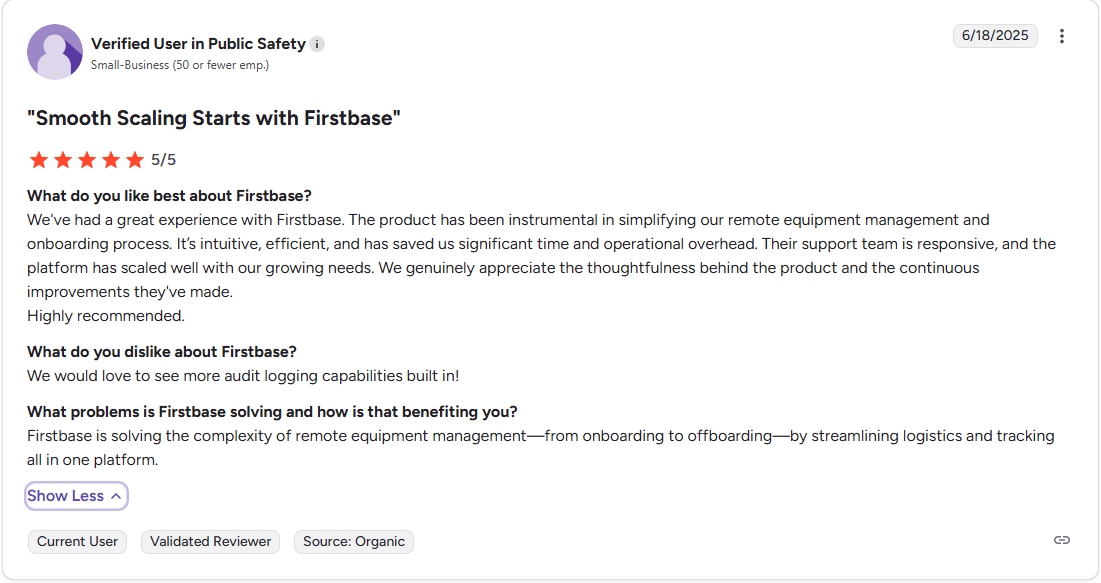
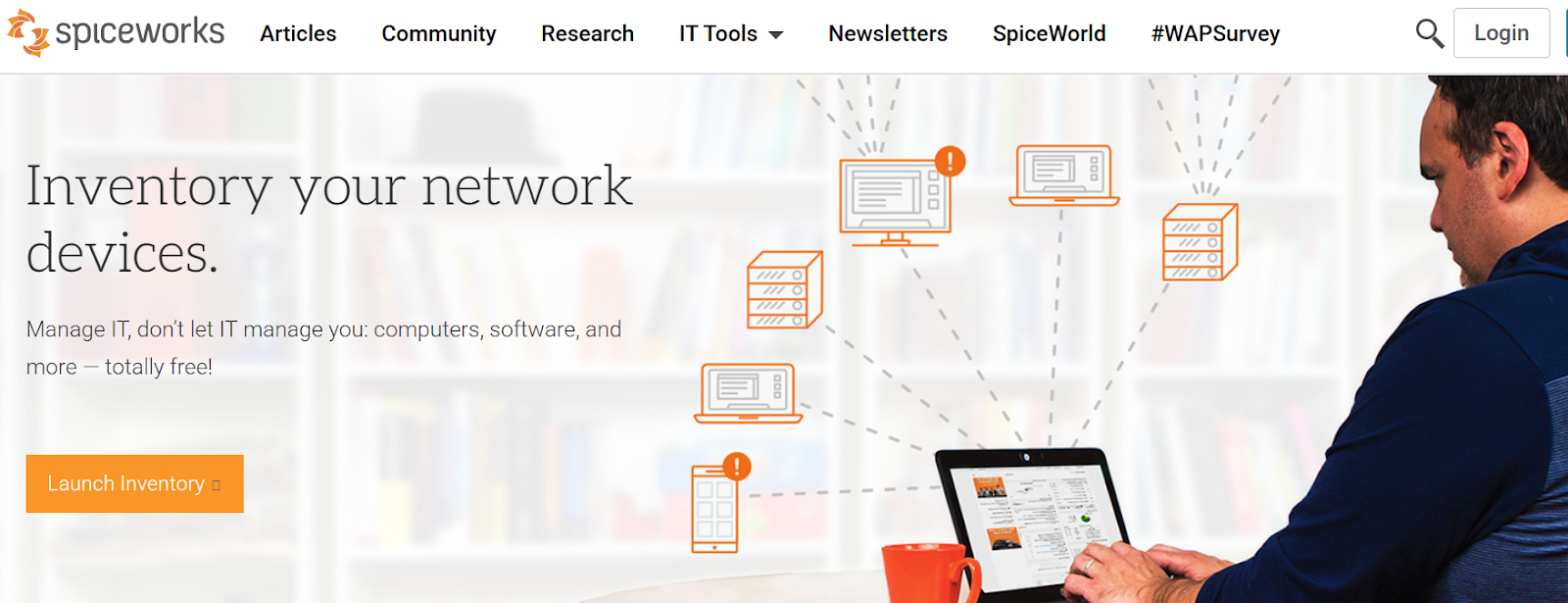
Spiceworks provides a no-cost, community-based IT management platform that brings together device inventory, help desk, and monitoring tools all in one place. The service automatically discovers devices, offers customizable reports, and provides real-time connectivity monitoring across sites and applications.
The cloud-based help desk makes it easier to manage user tickets without hardware overhead, while the ecosystem of integrated tools supports troubleshooting and forecasting. With over a million IT professionals using its inventory tool, Spiceworks has become a recognizable name for small to mid-sized teams.
Why Firstbase wins vs Spiceworks
Spiceworks is a cost-free tool for inventory scans and ticketing, but it stops at tracking devices already in use. Only Firstbase combines software visibility with built-in global logistics, procurement, and secure disposition.


ManageEngine AssetExplorer is an enterprise-grade IT asset management solution designed to give IT teams full control across the asset lifecycle. It provides purchase, disposal, discovery, inventory, licensing compliance, and contract management all within one easy-to-use, purpose-built tool.
With SaaS and on-premises offerings, it supports organizations in effectively mapping, monitoring, and optimizing assets across a multitude of sites while offering a single source of truth.
Why Firstbase wins vs ManageEngine
AssetExplorer covers lifecycle automation, compliance, and CMDB, but stops short at procurement and end-of-life. Firstbase adds global warehouses, 48-hour device swaps, and certified disposition, closing gaps that AssetExplorer leaves open.
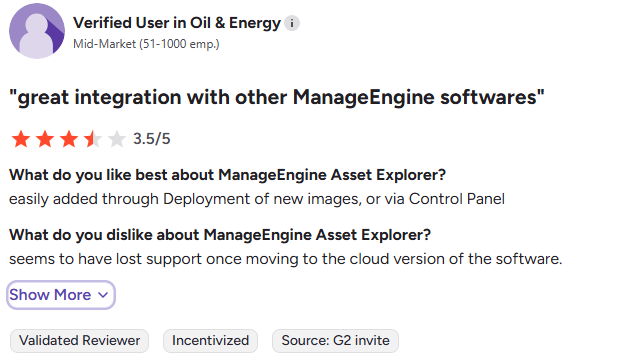
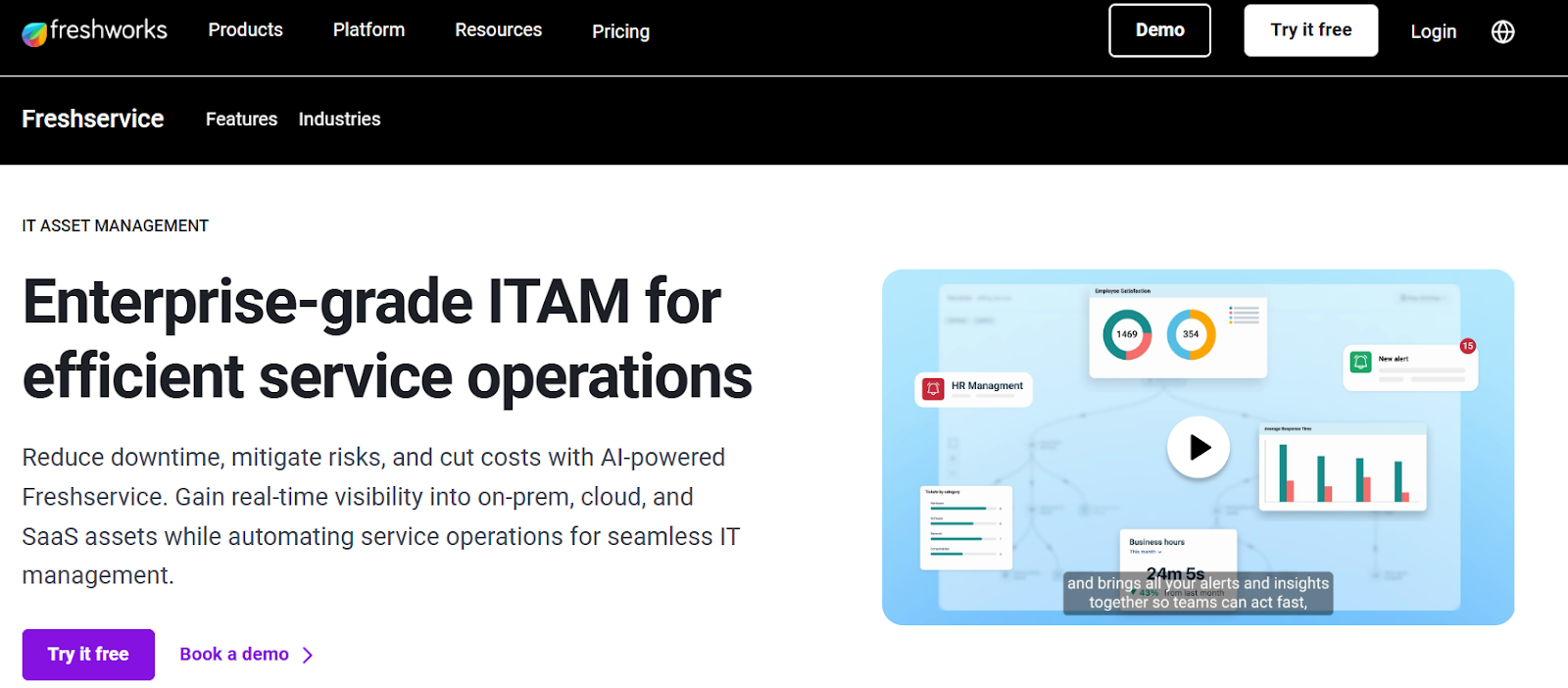
Freshservice is positioned as an enterprise ITAM and service management platform built for hybrid and SaaS-heavy environments. It focuses on giving IT teams a single pane of control with AI-driven automation.
It consolidates asset visibility, contract management, and service workflows. By doing so, Freshservice helps organizations improve uptime, cut redundant SaaS costs, and maintain compliance across both infrastructure and business applications.
Why Firstbase wins vs Freshservice
Freshservice unifies ITAM and ITSM with AI-driven automation, but it remains a software-only solution. Firstbase adds the missing execution layer (procurement, shipping, retrieval, and secure disposition) to cover the full hardware lifecycle.

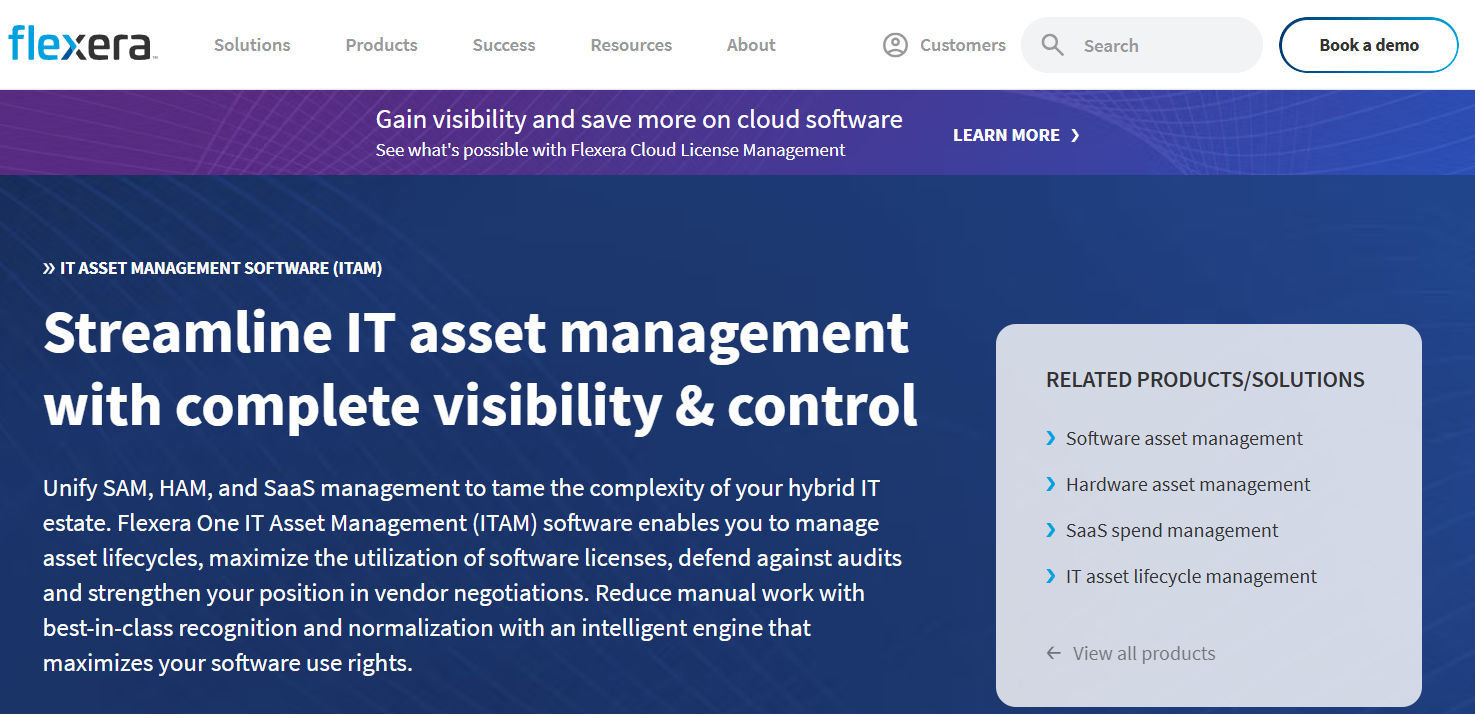
Flexera One ITAM targets complex, hybrid estates where license truth matters. It combines multi-source discovery, a huge technology catalog, and automation to give accurate license positions and reduce audit risk.
The platform powers deep software use-rights logic and SaaS visibility so enterprise teams can optimize renewals and reclaim wasted spend.
Why Firstbase wins vs Flexera
Flexera excels in license optimization and audit defense, but can slow down onboarding. Firstbase streamlines cut-over with zero-touch deployment and global shipping, ensuring faster day-one readiness.
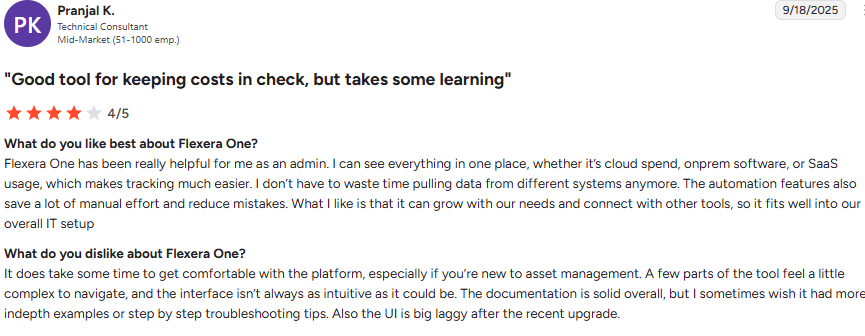
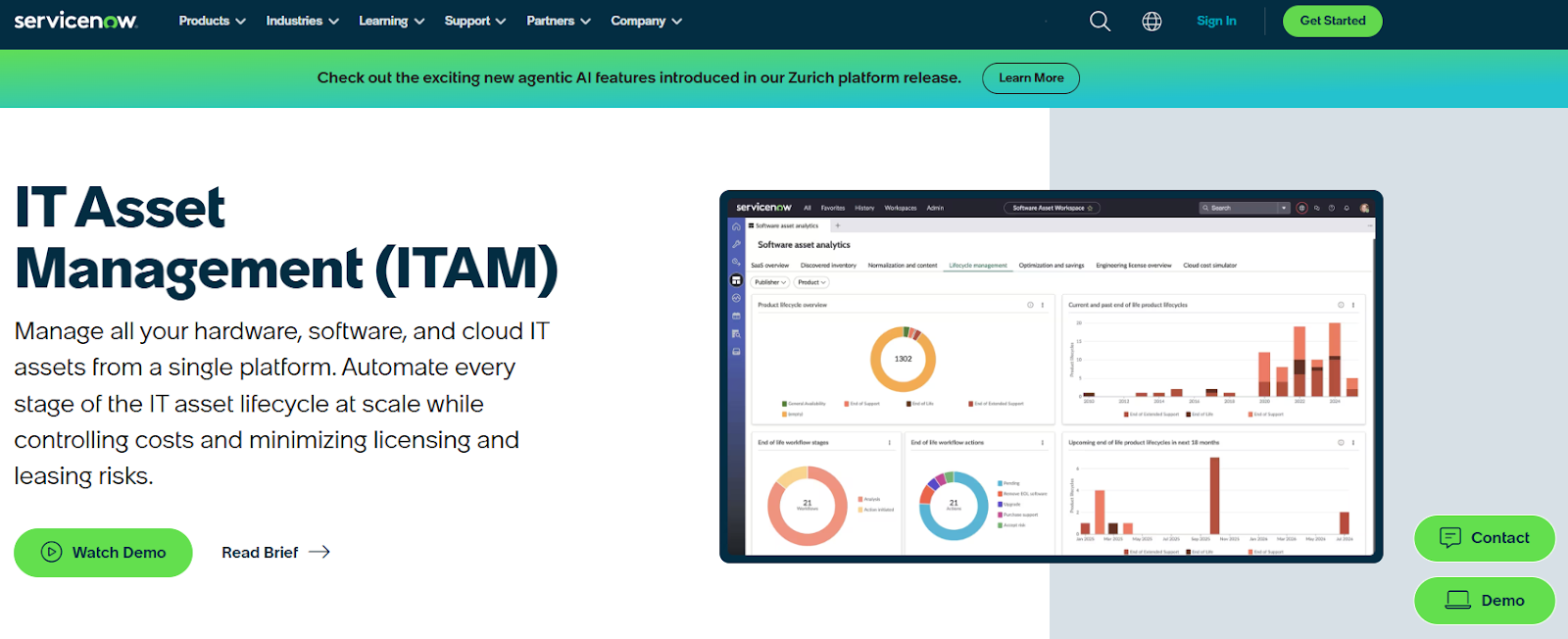
ServiceNow IT Asset Management runs on the same platform as its ITSM suite, offering end-to-end visibility of hardware, software, and cloud assets. It automates lifecycle workflows, supports compliance, and integrates with enterprise processes through a single data model.
With AI features, ServiceNow aims to reduce costs, control technology risk, and help enterprises modernize ITAM at scale.
Why Firstbase wins vs ServiceNow
ServiceNow delivers enterprise-scale workflows, but mastering them can be complex and resource-intensive. Firstbase simplifies with self-service IT closets and HRIS-triggered automation, cutting ticket volumes without adding roles.
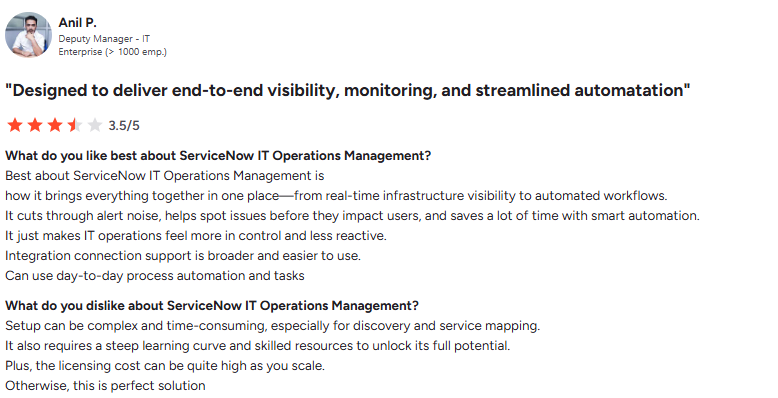
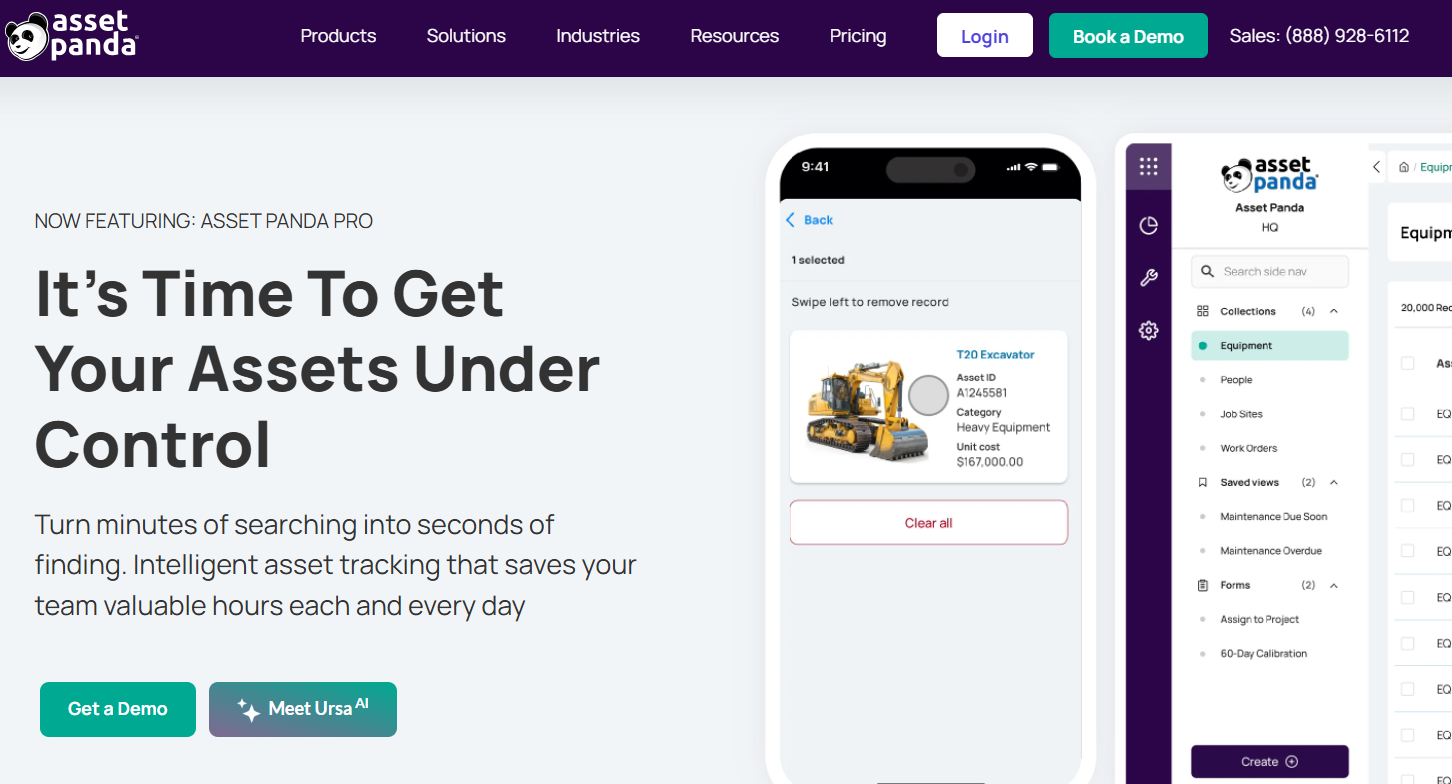
Asset Panda is a configurable asset management platform designed to track everything from laptops to leased equipment. It replaces spreadsheets with mobile-enabled tracking, barcode scanning, and detailed asset records that cover acquisition through disposal.
With unlimited users and robust onboarding support, it aims to improve accountability and reduce downtime. It, thus, gives companies a better understanding of usage, compliance, and the total value of the asset.
Why Firstbase wins vs Asset Panda
Asset Panda is flexible for tracking, but struggles with scaling, and upgrades often require a rep. Firstbase scales smoothly with predictable per-seat pricing across the full lifecycle, eliminating surprise freight costs.

Choosing an ITAM platform is more about whether it can remove friction for IT, finance, and HR while scaling globally than dashboards and reports. Use these five criteria to pressure-test vendors before you commit.
1. Guaranteed delivery windows
Don’t settle for vague promises. Ask for SLA-backed timelines by region. A delay, whether in Brazil or India, is still a delay. Firstbase provides region-specific SLAs and global warehouses, enabling delivery within as little as 48 hours.
2. Customs and compliance handling
Global scale brings customs issues (say e-Way bills in India, and currency volatility in LATAM). Your vendors should be managing this for you. Firstbase lightens it through local procurement, customs management, and carrier relationships. This prevents unexpected costs and lengthy delays.
3. Retrieval and reuse rates
Check the average retrieval rate. Anything below 70% is bleeding cash and creating security risks. Firstbase customers achieve over 97% retrieval rates (1.6x better than the industry) because return kits are shipped directly to employees, who don’t need to leave home. You’ll find devices back in inventory in under 30 days, all wiped and redeployable.
4. Inventory accuracy and visibility
You should see live counts of deployed, stored, and redeployable devices. So, a single source of truth isn’t optional anymore. Firstbase customers report 1.8x better tracking, with hardware inventory and real-time dashboards. It covers device location, repair history, and data wipes, ensuring audit readiness and budget accuracy.
5. Cost predictability per seat
Ask how pricing scales when headcount shifts. Freight overruns and ad-hoc orders kill budgets. Firstbase offers predictable per-seat pricing tied to the entire lifecycle (from procurement through disposal), so finance leads can forecast the exact spend.
With Firstbase, global teams save up to $100k annually in shipping costs, reclaim 5,000 hours of labor per year, and enjoy 99% satisfaction rates at scale. See what that could mean for your org. Try the ROI Calculator.
ITAM should reduce friction, not create more of it. Yet many platforms stop at tracking or compliance and leave the heavy lifting (shipping, customs, retrieval) to the already stretched IT teams.
That’s the difference this comparison highlights: visibility is useful, but logistics execution is what keeps employees productive. Firstbase delivers both.
Beyond procurement and recovery, the platform gives IT, HR, and Finance a predictable system to keep teams productive globally. Firstbase customers report saving 2-3 hours of IT admin time per employee each week, time that no longer goes into chasing couriers or managing returns. If that’s the outcome you want, it’s time to book a quick demo.